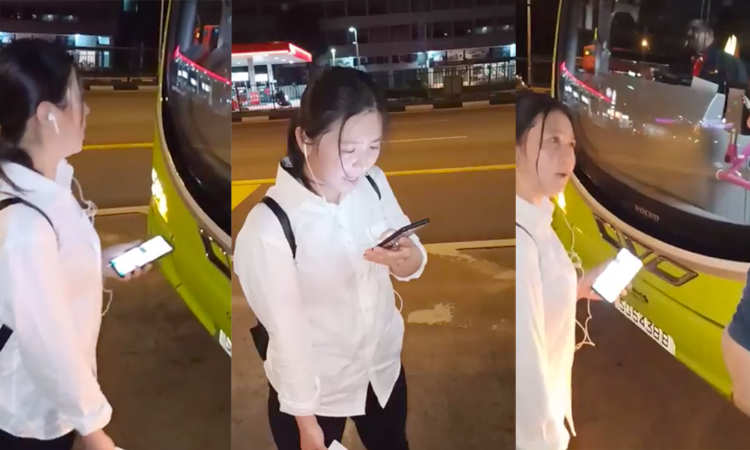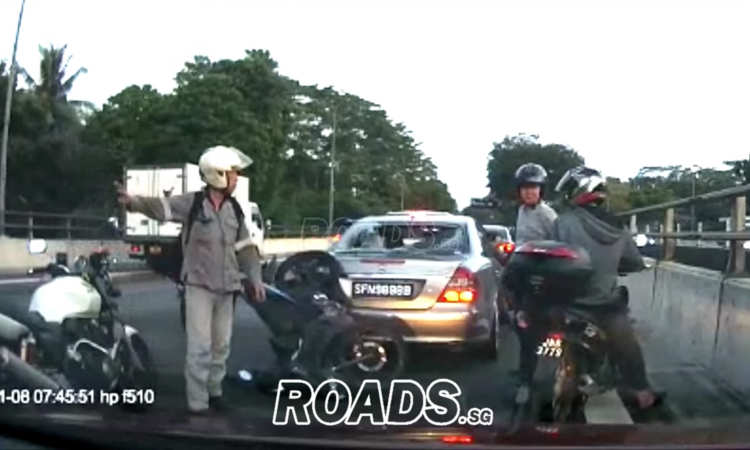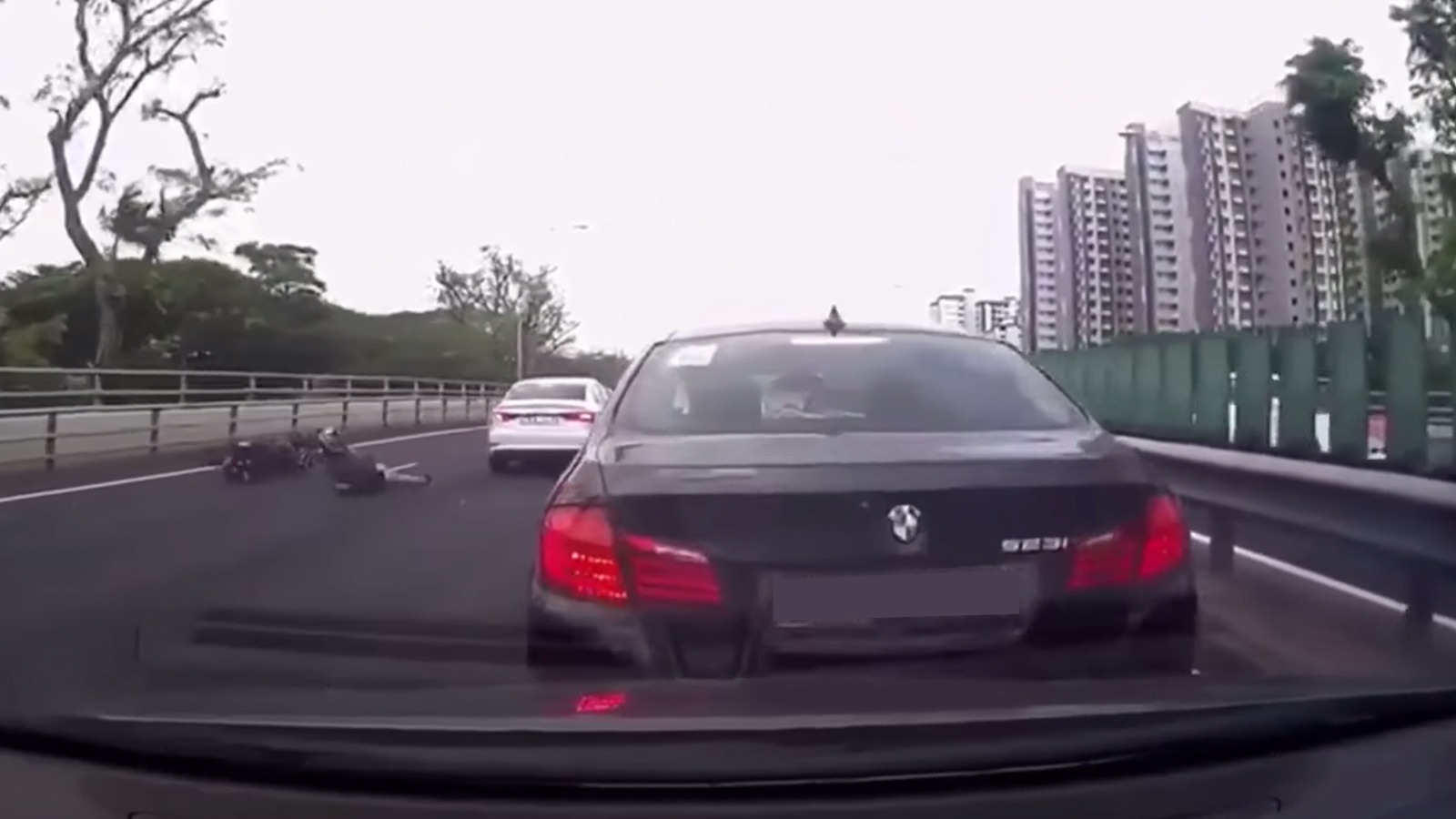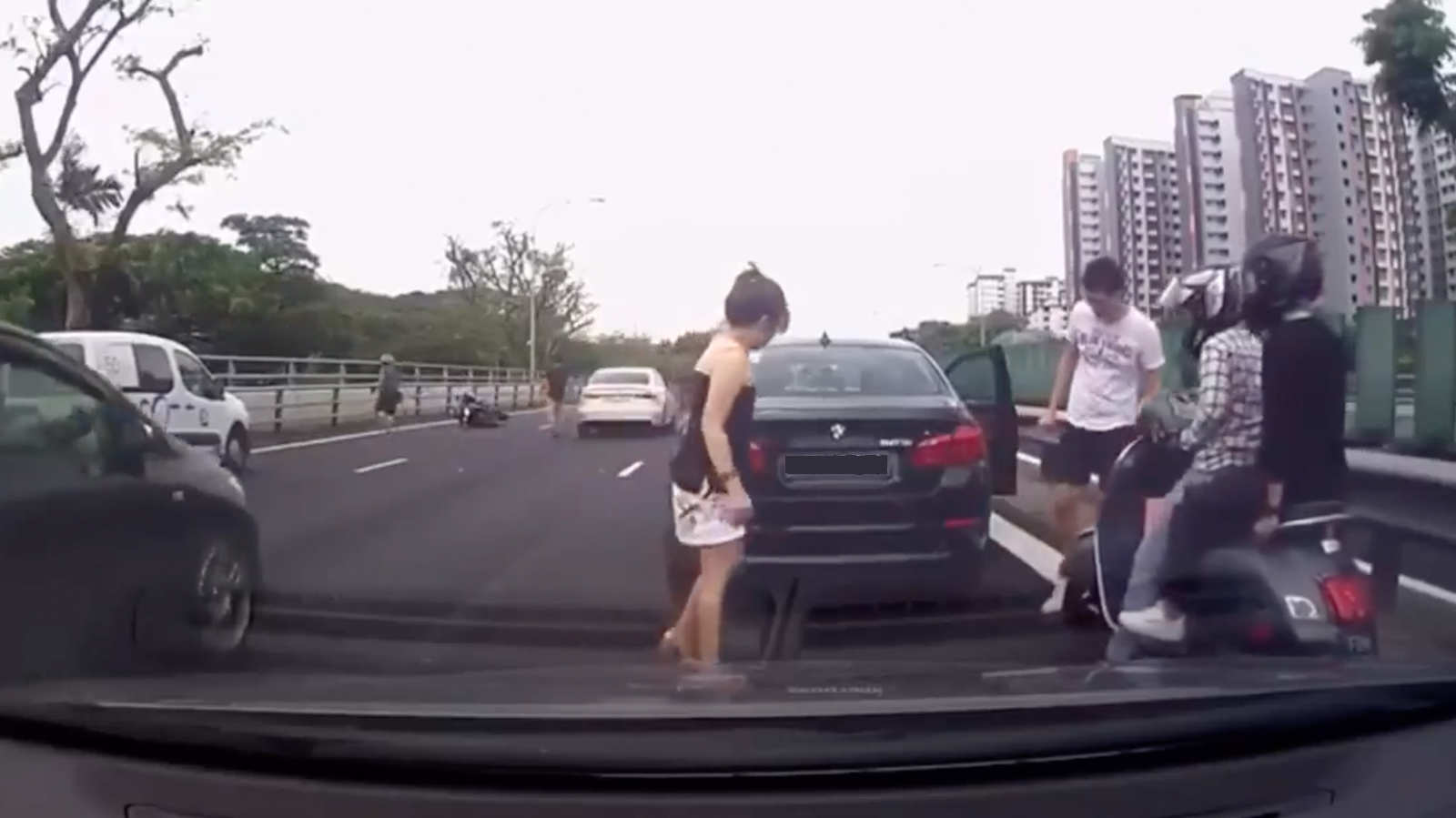What would you do if you witnessed a road accident that resulted in injury?
Would you stop your vehicle by the side of the road to check on the injured persons and render aid if necessary? Or perhaps, call the relevant emergency services to the scene, if medical assistance is required?
The reality, however, is that the majority of people in Singapore who witness road accidents will manoeuvre their vehicle away from the accident and continue on their merry way.
At most, some might slow down beside the accident – just so they can take note of the vehicle plate number for their next 4D bet.
Don’t believe me? Just take a look at the video of a road accident last Sunday (Feb 17) between a motorcyclist and a white Audi.
Other stories you might like





The video – captured by the dashcam of the car behind the Audi – initially showed the motorcyclist riding in between the middle lane and the extreme right lane, which the Audi was on.
Just as the motorcyclist rode up beside the Audi, however, the car in front of the Audi – a BMW – appeared to come to a sudden stop.
This forced the Audi driver to abruptly filter to the middle lane – presumably without checking his blind spot, where the motorcyclist was. As a result, the motorcyclist was knocked clean off his bike by the Audi and onto the road.
Meanwhile, the car with the dashcam was forced to activate his emergency brake in order to avoid hitting the BMW, but still appeared to lightly bump into it.
Firstly, let’s address the root cause of the accident: inconsiderate behaviour on the road.
Suddenly changing lanes without checking one’s blind spot or signalling, driving too closely behind another car, braking abruptly, and speeding through the lane markings – these are all examples of bad and unsafe driving habits, so it is no surprise that the accident occurred.
Thankfully, there were no fatalities this time round. But, this accident – and indeed, all traffic accidents – should serve as a stark reminder that road safety is something we should not take for granted.
Now, let’s observe what happens in the aftermath of the accident.
After a brief pause, the two vehicles closest to the injured motorcyclist – a black car and a white van – filter to the free lane on the right and drive off.
Next, we see the driver and passenger of the BMW step out of the car to inspect the back of their vehicle for any damages.
The driver of the car with the dashcam, too, alights from his car to check on the back of the BMW.
As for the motorcyclist, he is seen getting up unsteadily before gingerly walking to the side of the road, while holding the side of his back in obvious pain.
It begs the question: why is it that while several vehicles had witnessed the accident first-hand, not one driver stepped out to offer help to the motorcyclist?
To be fair, the driver of the Audi did step out to check on the motorcyclist. But, given that it was his car that caused the accident in the first place, that was the least we could expect him to do.
What about the rest of the motorists who were on the scene?
Some might argue that stopping their vehicle to offer help to the motorcyclist would cause congestion on the road. And that may well be true.
But, should the plight of another – who may very well be injured – be ignored, simply for the sake of smoother traffic?
In fact, there are several examples of motorists stopping their vehicles on the road to help people in need.
Were these drivers slammed for holding up traffic? No. They were instead praised by others for their kindness and empathy.

What about the driver and passenger of the BMW, as well as the driver of the car with the dashcam?
After all, they had no qualms stopping their respective vehicles on the road to inspect for any potential damage done to the BMW.
Surely, they could have spared a minute or two to check on the injured motorcyclist first, before inspecting the BMW for damage.
Surely, the well-being of another human should take precedence over the condition of a car, no matter how expensive or prestigious it may be.
So, let us stop turning a blind eye to people in need. It is time we learn to be more proactive in extending our help to others whenever the opportunity arises.
Yes, there are situations where you think you may not have the right skillset or ability to help.
And perhaps, in this instance, nobody stopped to help the motorcyclist because they weren’t trained in first-aid.
But, you will never know how you can be of help till you offer it. And, sometimes, just being there for someone in need, and showing that you care, can be a source of comfort to them.
A final word on the video of the accident – for those who watched it with their sound on, you would have heard a child scream and start crying after the motorcyclist got hit.
This was met with a stern rebuke from a woman – likely the child’s mother – who ordered the child to stop crying immediately.
However, given the sudden manner in which the car braked – which would have led to the child being jerked forward abruptly – it was only natural for the child to cry from the distress and shock.
So, while I am loath to tell others how to handle their children, the woman should probably have taken a softer and more understanding approach towards her child’s crying.
After all, it certainly helps when you can be a source of comfort – be it to your child, or to an injured motorcyclist.
